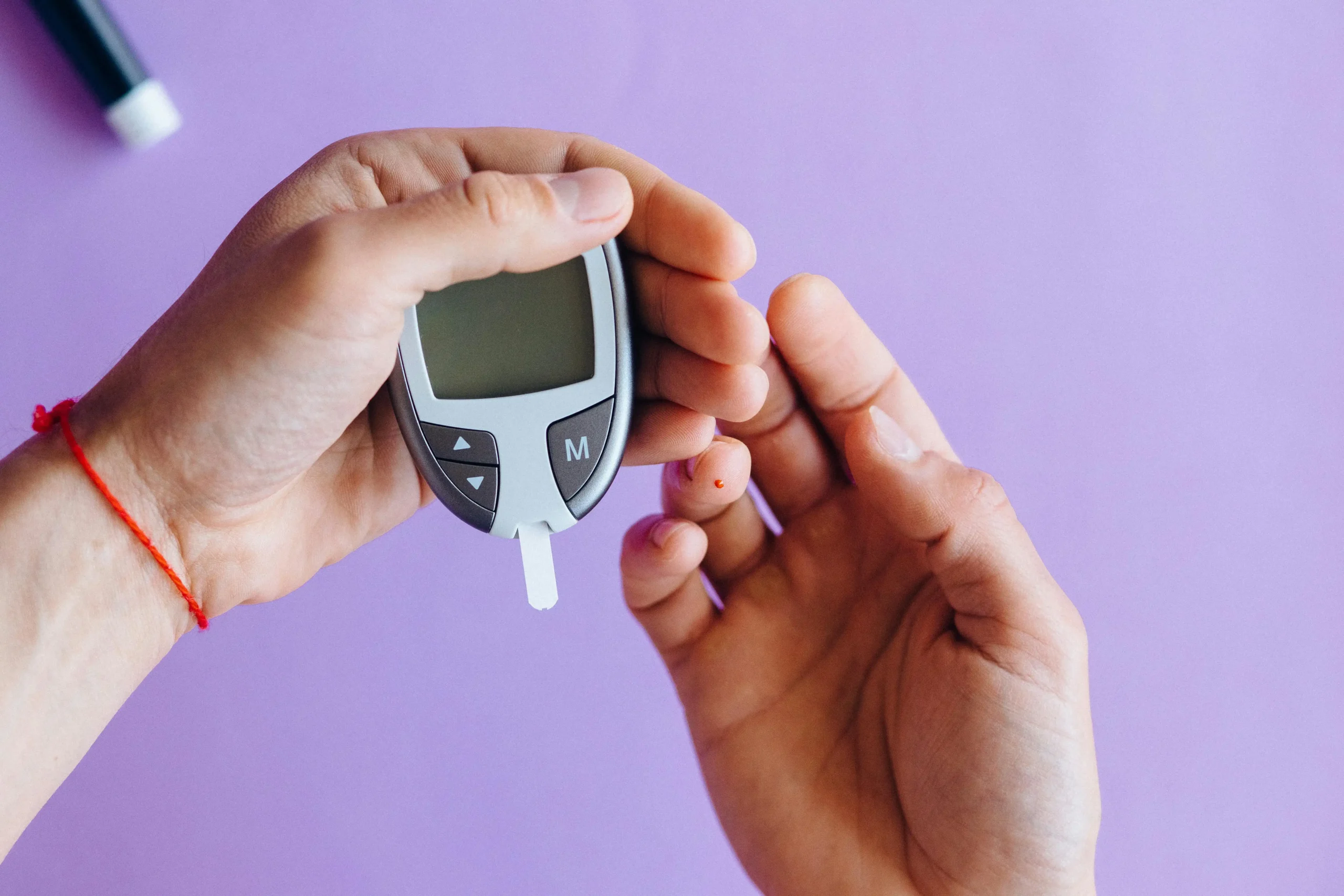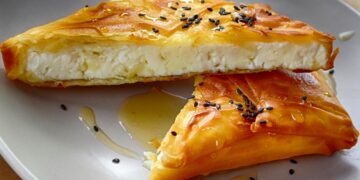In our fast-paced world, finding simple, effective ways to support metabolic health often feels like a secondary priority. Yet recent research into cold exposure—through cool showers or controlled environments—suggests a surprising ally in the fight for better glucose control and metabolic resilience.
Cold stimuli activate brown adipose tissue (BAT)—a specialized fat rich in mitochondria and thermogenic proteins like UCP1. In response to cold, BAT burns glucose to generate heat, a process known as non-shivering thermogenesis. This metabolic activity enhances glucose uptake and improves insulin sensitivity, even in individuals with type 2 diabetes (Hanssen et al., 2015).
For example, a landmark study showed that short-term cold acclimation significantly improved insulin sensitivity in patients with type 2 diabetes, signaling BAT’s potential as a metabolic regulator. Likewise, in lean adults, cold exposure increased BAT activity and promoted glucose metabolism without overtaxing the pancreas (Iwen et al., 2017).
But the benefits extend beyond just glucose. Cold-triggered BAT activation also mobilizes lipid metabolism and reduces systemic inflammation. Researchers discovered that brown fat produces Maresin 2, a lipid mediator that helps resolve inflammation across the body, including in the liver—offering promising implications for managing metabolic diseases (Joslin Diabetes Center, 2022).
If you’re curious but cautious, these findings highlight the subtle power of everyday practices. Brief cold showers or moderate exposure to cooler temperatures may boost insulin sensitivity, alleviate inflammation, and support metabolic balance—without requiring drastic lifestyle disruption.
Still, cold exposure isn’t one-size-fits-all. Individuals with cardiovascular or respiratory conditions should proceed cautiously, and personalized guidance is key. Begin with gradual exposure—like ending a warm shower with 30–60 seconds of cold water—and observe how your body responds. Over time, these small practices could offer meaningful metabolic support without disrupting your busy routine.
The evidence is growing—and compelling. Cold exposure isn’t just discomfort; it’s a metabolic conversation your body is ready to engage—if you let it.
References
Hanssen, M. J., et al. (2015). Short-term cold acclimation improves insulin sensitivity in patients with type 2 diabetes mellitus. Nature Medicine, 21(9), 863–865.
https://www.nature.com/articles/nm.3891
Iwen, K. A., Backhaus, J., Cassens, M., et al. (2017). Cold-induced brown adipose tissue activity alters plasma fatty acids and improves glucose metabolism in men. Journal of Clinical Endocrinology & Metabolism, 102(11), 4226–4234.
https://academic.oup.com/jcem/article/102/11/4226/4117435?login=false
Joslin Diabetes Center. (2022, June 27). Cold temps may help combat obesity and metabolic diseases. Joslin Diabetes Center News. Retrieved from https://joslin.org/news-stories/all-news-stories/news/2022/06/cold-temps-help-combat-obesity-and-metabolic-diseases



